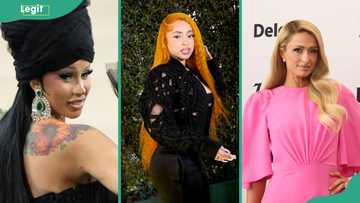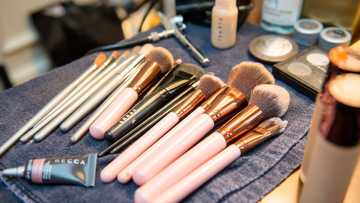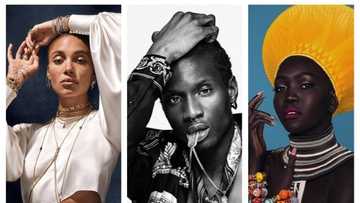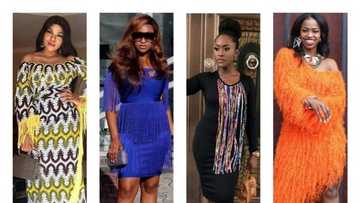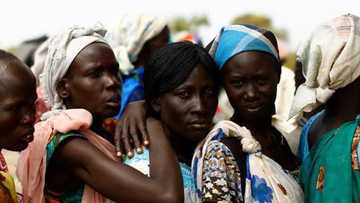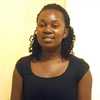Types of modelling in Nigeria: a guide to modelling careers, from runway to billboard
There are different types of modelling in Nigeria. Nigeria's modelling arena covers fashion, runway, editorial, commercial, print, promotional, and other specialised areas. The country's modelling industry has experienced significant growth in recent years.
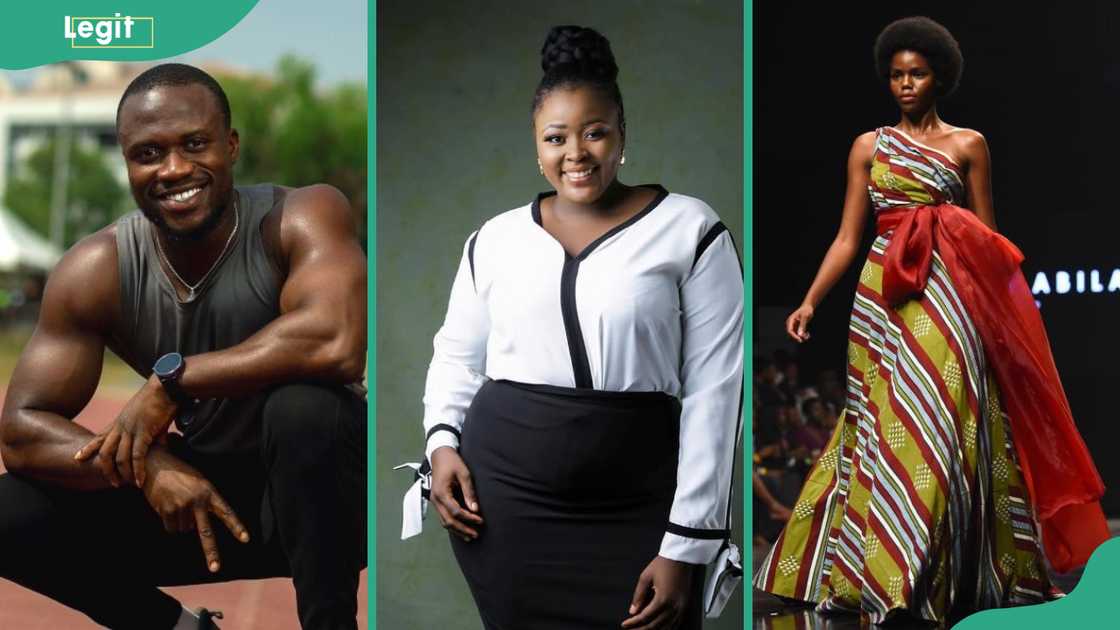
Source: UGC
TABLE OF CONTENTS
Key takeaways
- The Nigerian modelling industry has a wide range of categories that meet the diverse needs of its population.
- The industry is influenced by cultural values, with certain areas like swimwear and lingerie facing challenges more than modest genres.
- The modelling industry has transformed over the years, embracing broader opportunities and more inclusive beauty standards.
Types of modelling in Nigeria
The Federal Republic of Nigeria boasts a diverse modelling industry encompassing various genres and categories. The growth of the modelling industry is a testament to the evolving nature of the art and an increasing desire for diverse representation. Below are the major types of modelling in Nigeria.
Fashion modelling
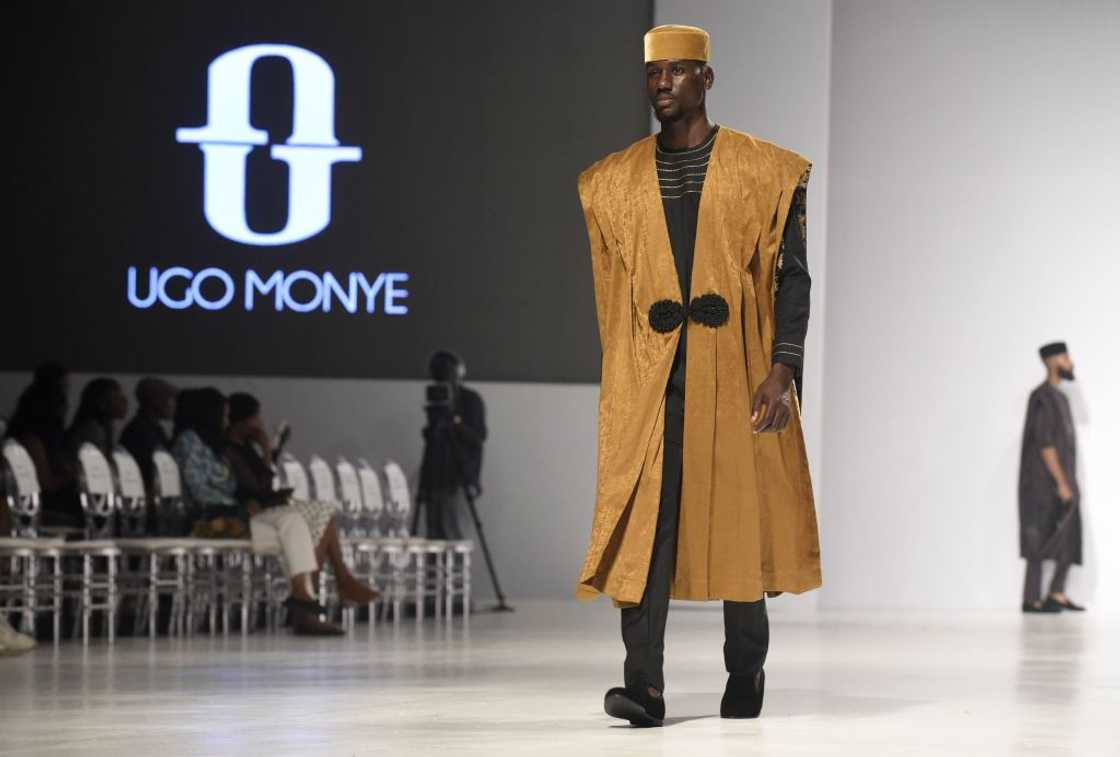
Source: Getty Images
Fashion modelling is one of the most popular types of modelling in Nigeria. The industry is characterised by the booming clothing business in the region. Fashion models are used to showcase clothes, jewellery, shoes, and other items for businesses to potential customers.
The fashion models pose on various platforms such as live fashion shows, magazines, TV and print ads, and social media. They help people see what a clothing company or designer thinks is stylish, and this helps sell those items.
Fitness modelling
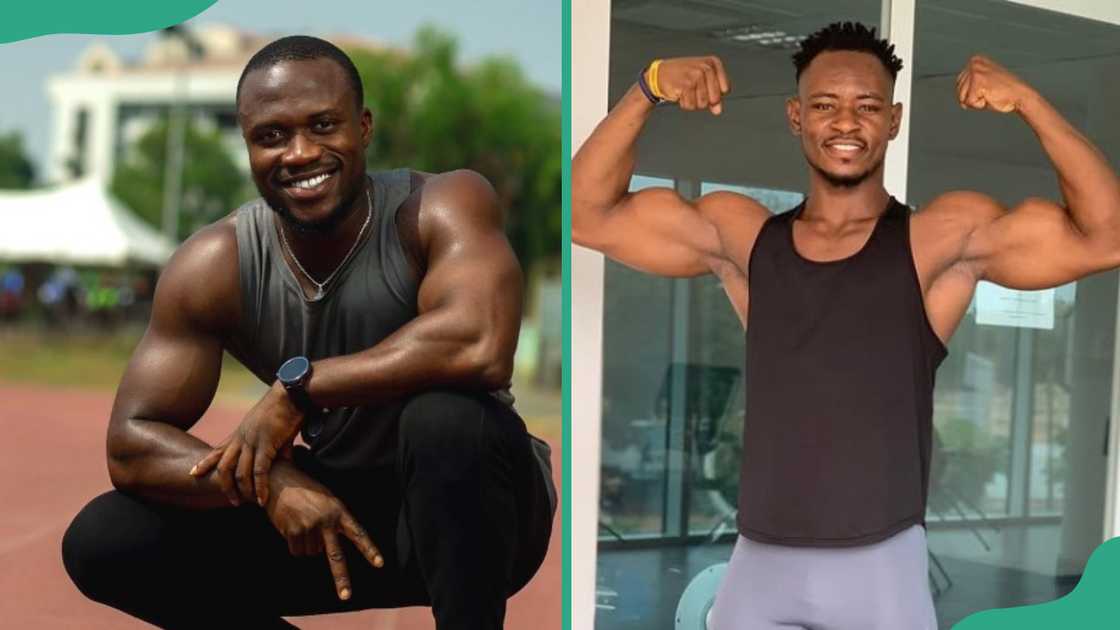
Source: UGC
Many people are embracing fitness and workouts, and businesses in the fitness industry are using models to showcase their products and expertise. Among such businesses are gyms and those that sell healthy products for physical fitness. A fitness model needs a toned, healthy body to appeal to customers of fitness products or services.
Runway modelling
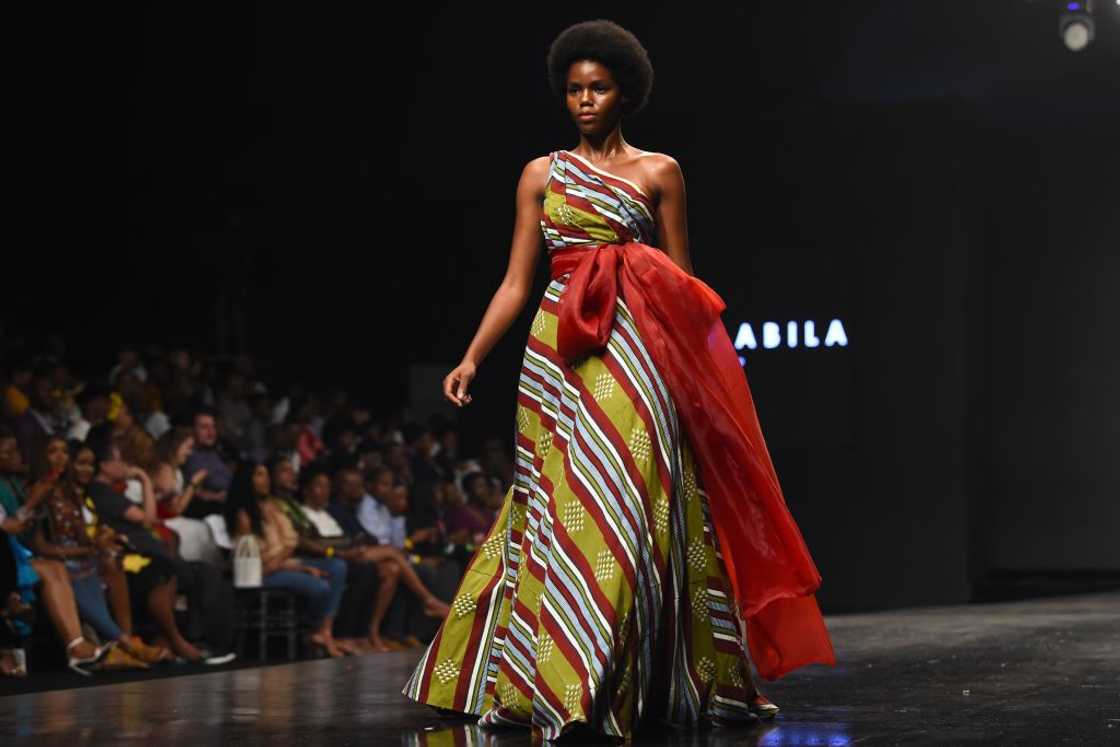
Source: Getty Images
The runway modelling niche is growing significantly with the growth of social media. Although similar to fashion modelling, it differs based on the clients. A runway model is hired to showcase outfits for a fashion designer on a live show.
The fashion shows in Nigeria include the Lagos Fashion Week, Arise Fashion Week, and GTCO Fashion Weekend. The models may also be featured in known magazines like Complete Fashion, Genevieve Nigeria, and THISDAY Style.
Print modelling
Print modelling is all about taking great photos of models to be used in publications like magazines, newspapers, big outdoor ads, and even small flyers. It involves capturing a single moment in a photo to tell a story about a brand, product, or service. This type of modelling is used by companies that require strong images to appeal to customers.
Commercial modelling
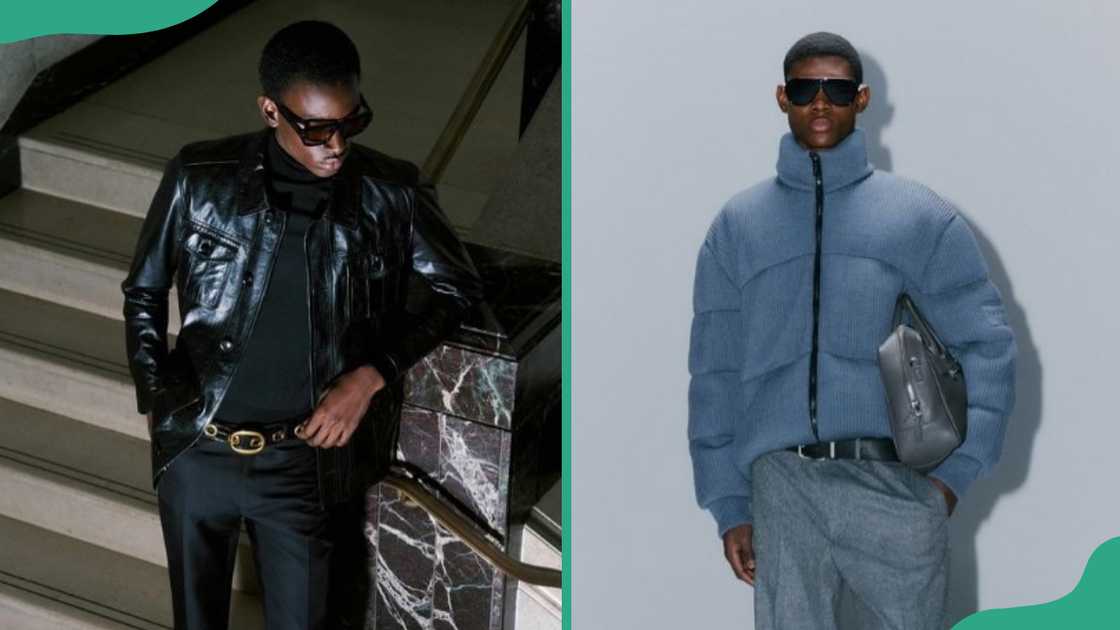
Source: UGC
Commercial modelling is one of the most versatile kinds of modelling. It involves working with a modelling agency to showcase products or services in media advertisements, catalogues, magazines, campaigns, trade shows, and more.
The opportunities in commercial modelling are broad, and people of all ages are eligible to participate, depending on the item being advertised. However, the models have to audition for the role either as an employee of the agency or as a freelancer.
Glamour modelling
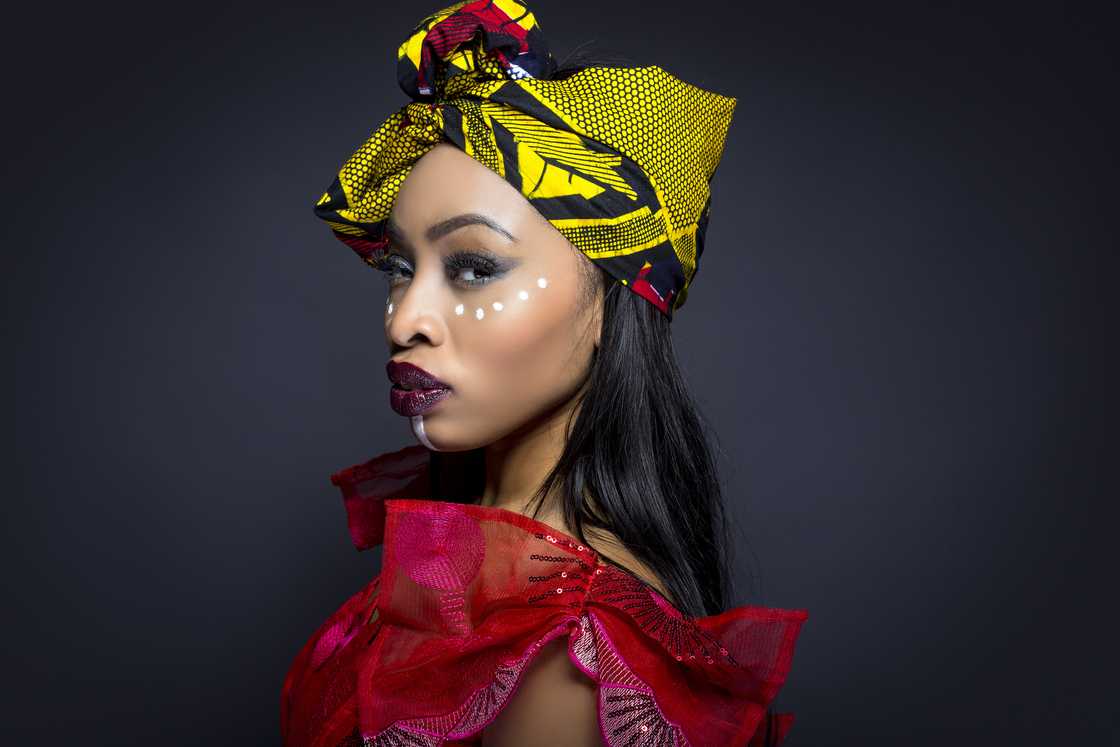
Source: Getty Images
Glamour modelling focuses more on the model’s physical appeal and beauty. Models in this category appear in magazines, adverts, mostly advertising beauty products.
They also attend events to generate interest and attract attention to brands or causes. The rise of social media has made it easier for models and photographers to connect with clients and build a strong following.
Body part modelling
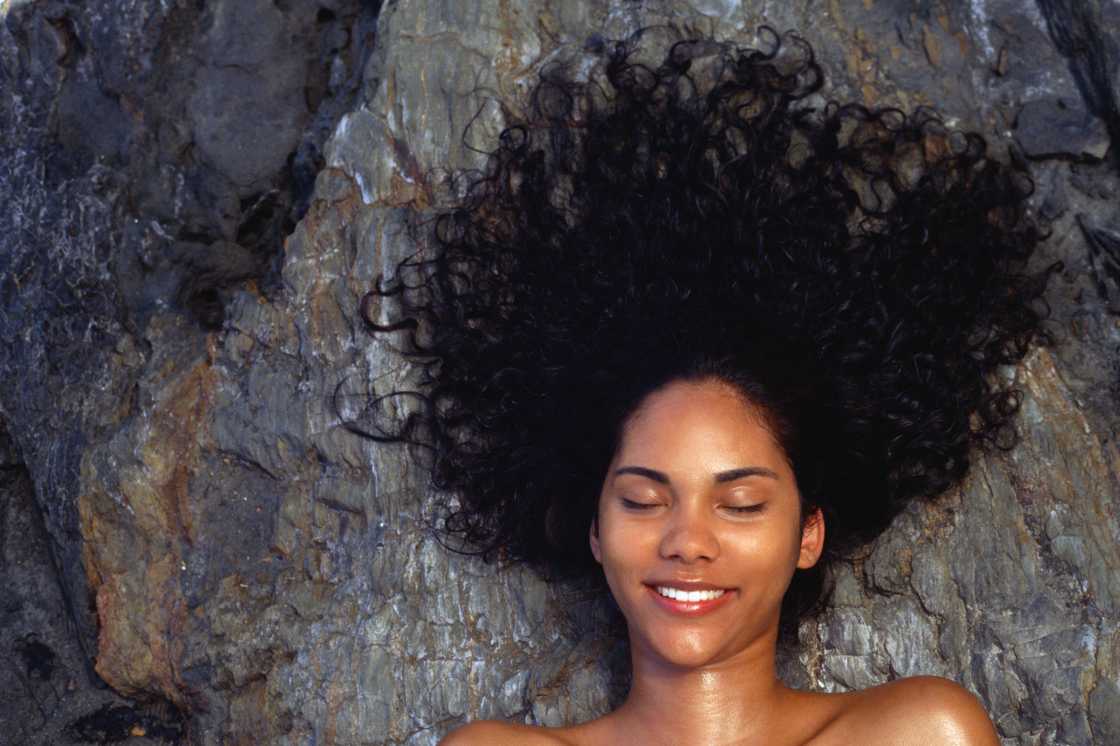
Source: Getty Images
Body part modelling is one of the smallest modelling niches in Nigeria. It involves modelling a part of the body instead of the whole body. The model may need to showcase a part of their hand, nails, lips, eyes, or even hair.
This type of modelling is used to advertise things like shoes, jewellery, nail polish, make up and hair products. Even though it's not common in Nigeria, you can still get work by showcasing your best body feature.
Promotional modelling
Promotional modelling is one of the most vibrant modelling sectors in Nigeria. The genre offers numerous opportunities for models with strong interpersonal skills, such as a presentable demeanour, good communication, and sales skills. Promotional models work at live events, conventions, and trade shows to convince clients to buy a product or service.
Fit modelling
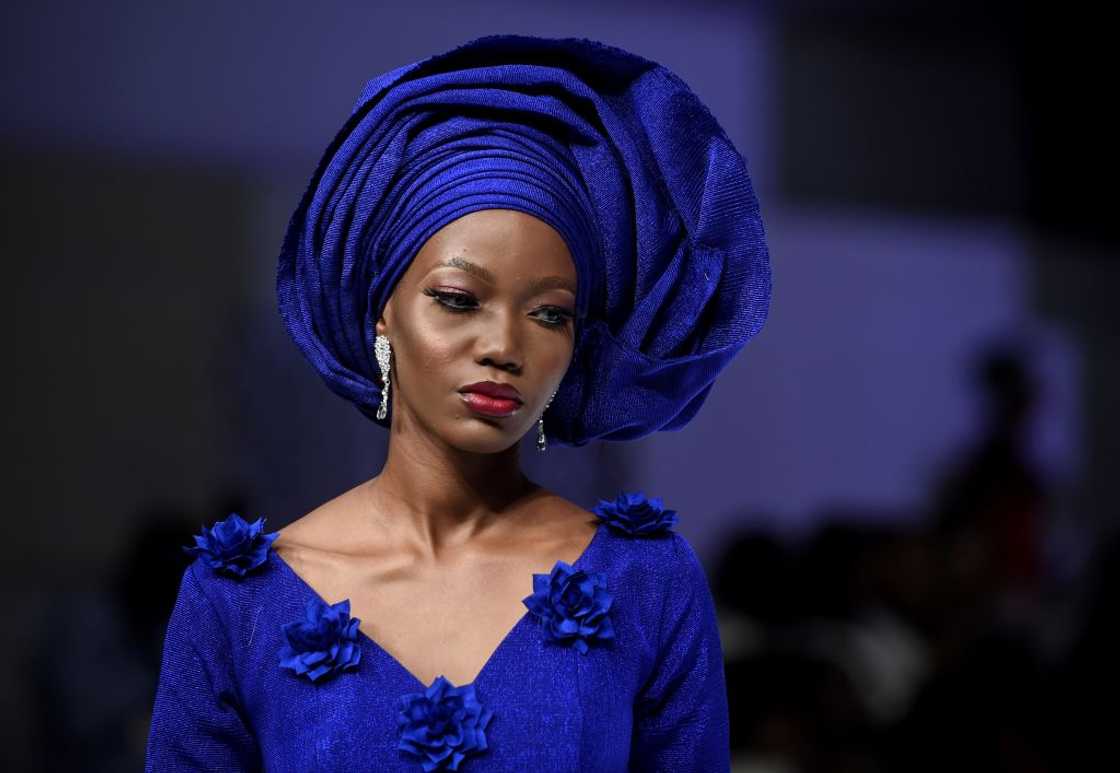
Source: Getty Images
Fit modelling is a type of modelling that focuses on showcasing how outfits look and fit on a real body. Unlike runway modelling that showcases how clothing looks on a live show for aesthetic purposes, fit models work closely with fashion designers and manufacturers.
This type of modelling aims to ensure the sizing and cut of outfits are accurate and comfortable for customers. They are like showcasing an outfit during the design and production stages.
Plus-size modelling
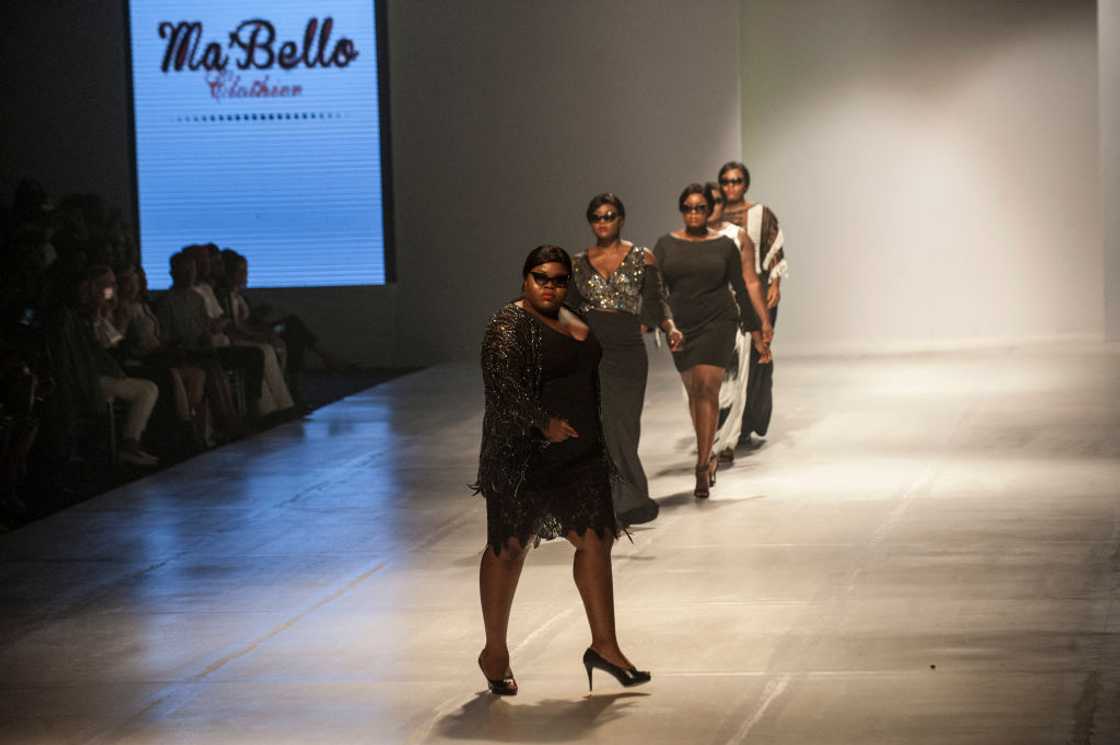
Source: Getty Images
Plus-size modelling is becoming more common in the Nigerian fashion world. It involves showcasing models who wear plus-size clothing, typically size 12 and above.
This kind of niche is important because it helps people of all sizes feel good about their bodies and showcases that beauty in fashion comes in all sizes. The fashion model who wears these clothes is known as a “full-figured model”, as she does not fit the requirements for traditional mainstream modelling.
Face/beauty modelling
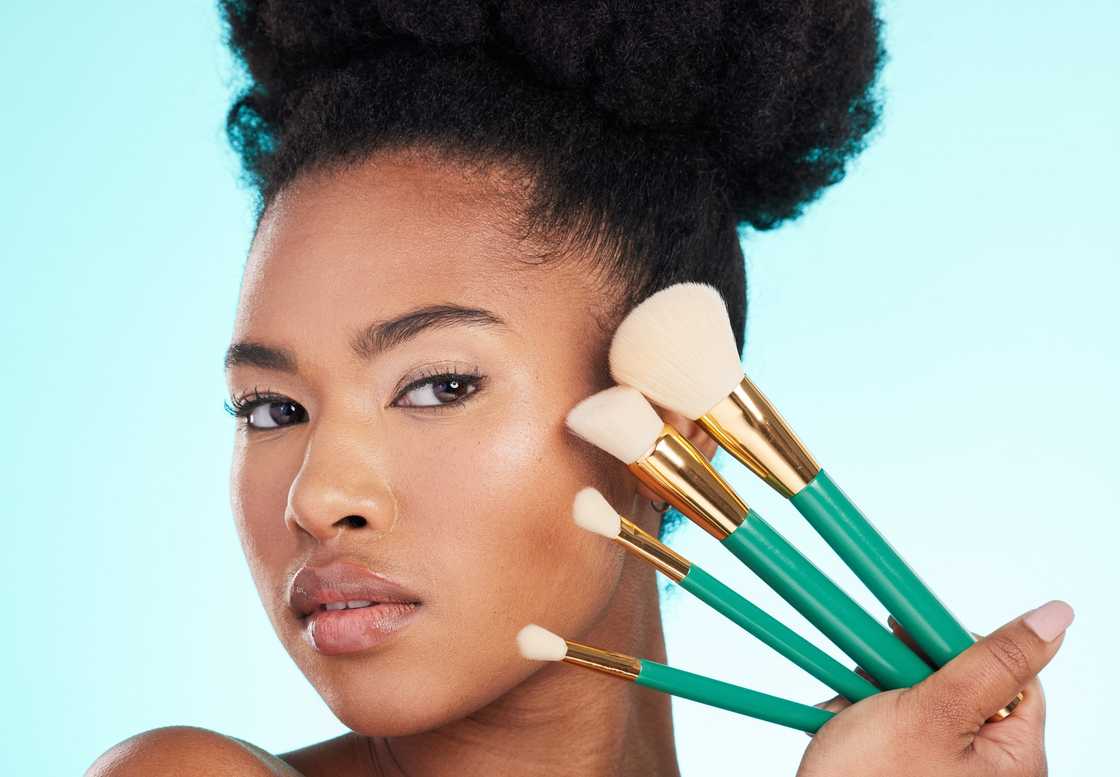
Source: Getty Images
This type of modelling is often needed by makeup artists, photographers, and bridal hairstylists. This type of modelling is in high demand for advertising cosmetics, skincare products, hair care items, eyewear, and jewellery.
The opportunities for face and beauty modelling in Nigeria are growing due to the expanding beauty and personal care industry. To be a face or beauty model, you need to have good facial features, dentition, and good skin.
Swimsuit and lingerie modelling
Swimsuit and lingerie fashion designers and businesses have utilised models in showcasing their products. The niche is not as common due to cultural and religious belief systems. However, with events like Lingerie Fashion Week Lagos, Nigeria, the niche is gaining momentum, especially online.
What are the types of modelling in Nigeria?
There are many types of modelling in Nigeria that reflect the diverse and growing fashion and advertising industries. They include runway, fashion, promotional, fit, print, body part modelling, swimsuit and lingerie, fitness, glamour, and face/beauty modelling.
How much do models earn in Nigeria?
Pay rates for models in Nigeria vary significantly based on many factors, which makes it hard to state an amount. The factors include the type of modelling, the experience, duration, popularity, and the client or modelling agency.
According to Nairametrics, a model’s pay for a shoot can range between ₦20,000 to ₦300,000, depending on the client and experience of the model.
Who is the highest-paid model in Nigeria?
According to Business Day, the highest-paid model is Agbani Darego. The model became the first African woman to win the Miss World pageant in 2001.
The evolution of the Nigerian modelling industry has led to the emergence of various types of modelling in Nigeria. Over the years, the industry has produced top talents like Oluchi Onweagba and Agbani Darego, who have gained both local and international recognition.
Legit.ng published an article about recession-proof jobs. Getting a secure and stable job is crucial given the economic uncertainty. It is therefore critical to look for recession-proof roles during your job search. A recession-proof job offers stability and long-term employment prospects.
Recession-proof jobs are vital during economic downturns, making them in high demand. Although every job does not guarantee stability, there are those considered recession-proof, due to technological advancements. Learn more about recession-proof jobs and how to get one.
Source: Legit.ng


